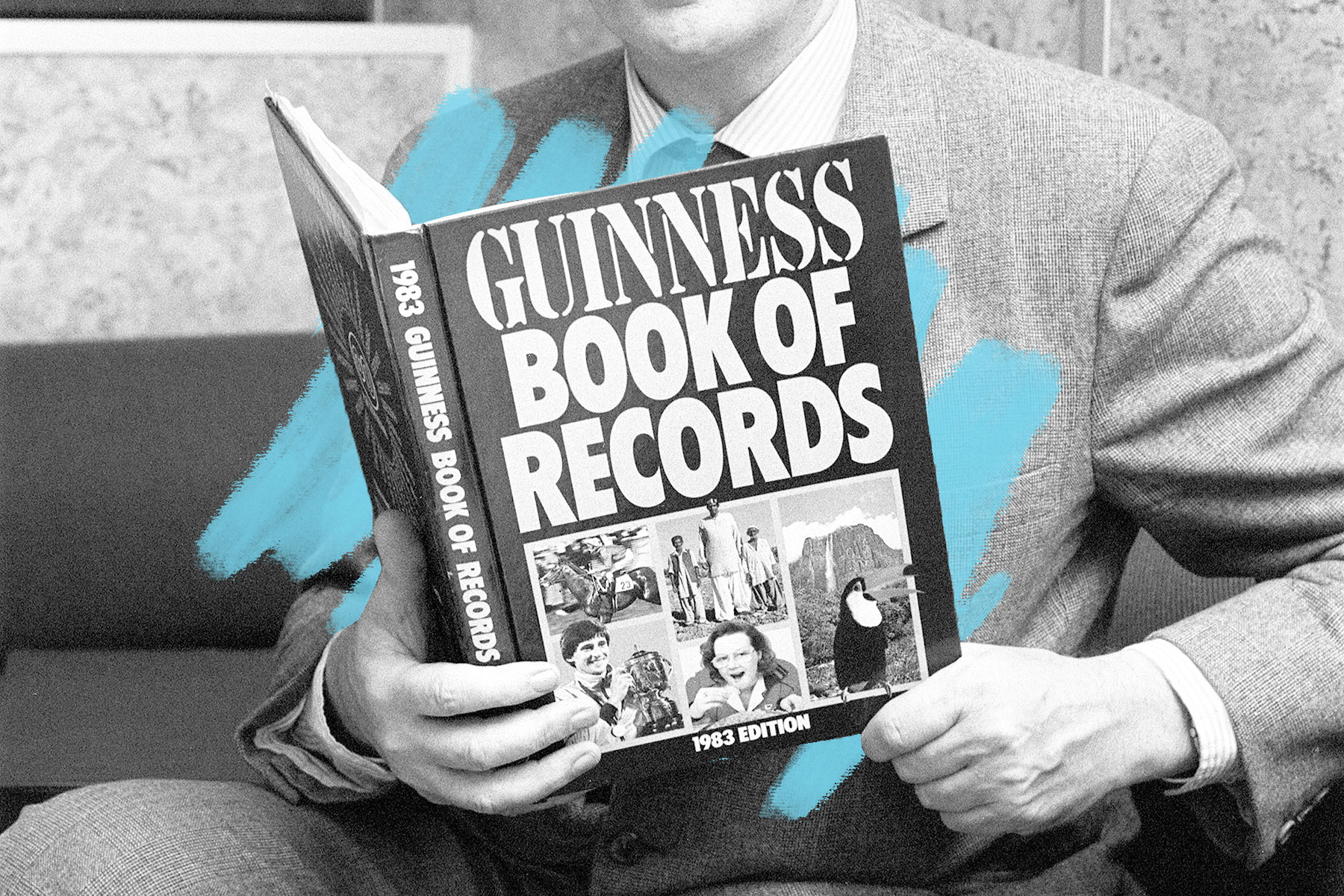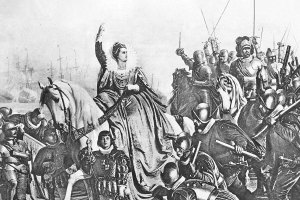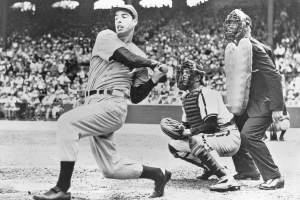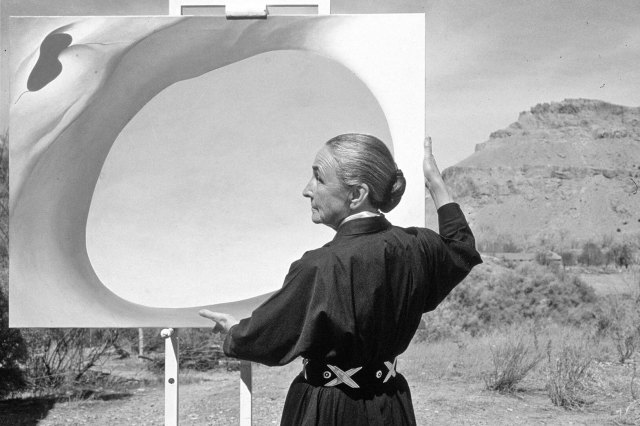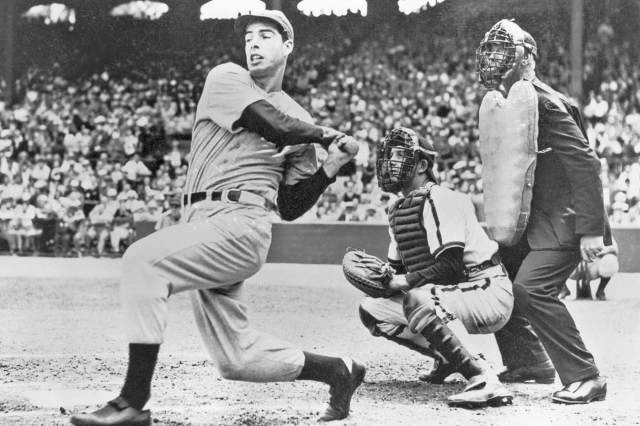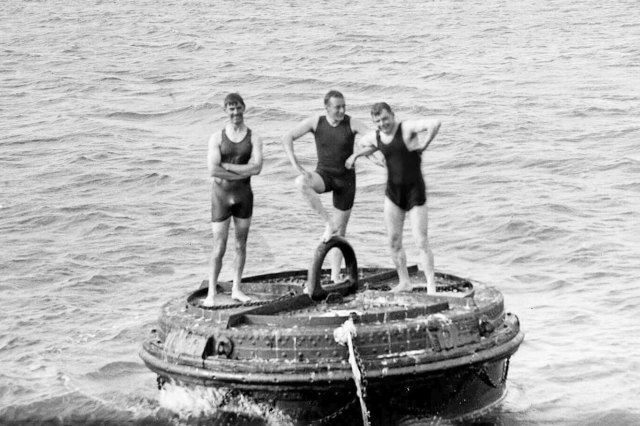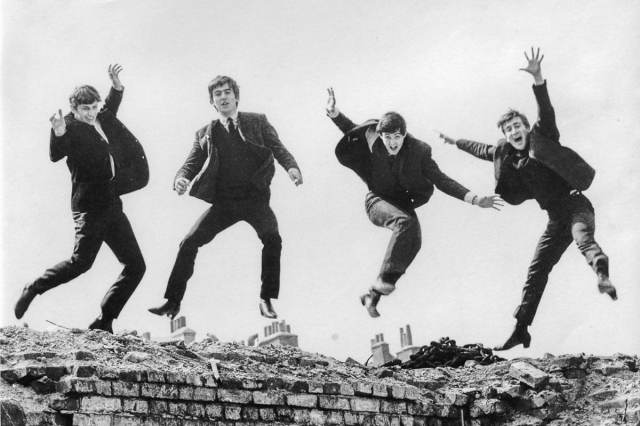The “Guinness Book of Records” was created to settle arguments in pubs.
In 1954, Hugh Beaver, the managing director of the Guinness Brewery, began research on a new book of records meant to help settle pub arguments. The idea stemmed from a bird hunting expedition Beaver took in 1951, during which he and other guests debated about the fastest game bird. Unable to find an answer in any extant reference work, Beaver eventually decided to create his own record book to answer such questions. He hired researchers Norris and Ross McWhirter to work at his new company, Guinness Superlatives, which began operations on November 30, 1954. The McWhirter brothers (the twin sons of a newspaper editor) worked tirelessly to research various facts before finally putting pen to paper, and after more than three months of 90-hour workweeks, the record book was ready for publication.
The first issue of the Guinness Book of Records (now named Guinness World Records) was published on August 27, 1955. Initially, the book was intended as promotional material for the Guinness Brewery, so 1,000 copies — which were laminated to protect against potential beer spillage — were distributed to local British pubs. However, the book proved to be so popular that Beaver changed his tack and began selling it to the public. An additional 50,000 copies were printed, and by Christmas of 1955, the Guinness Book of Records achieved bestseller status in the United Kingdom. The company released the first U.S. edition in September the following year, and by 1964, the book had sold more than a million copies worldwide.





